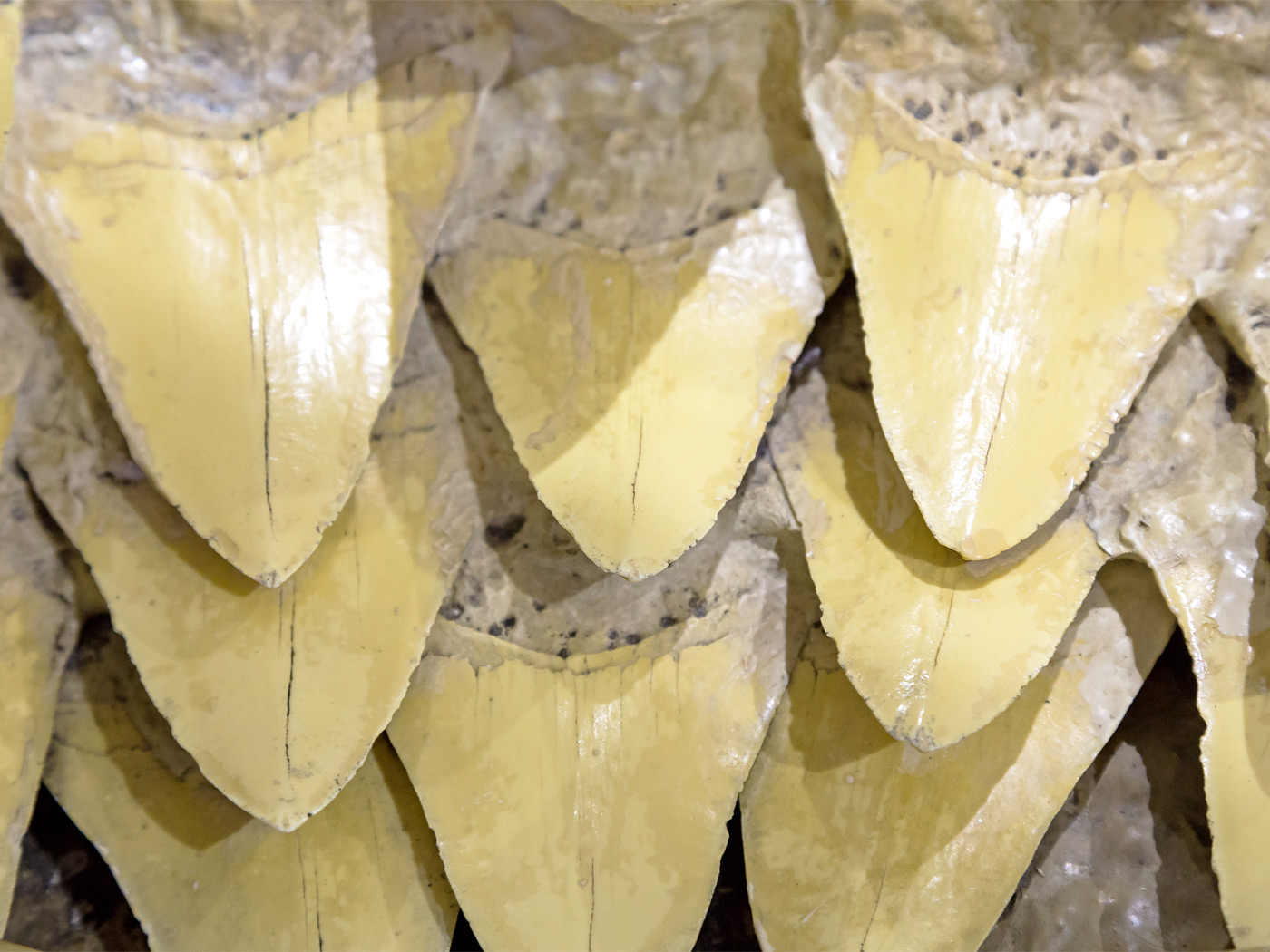Every field of science we turn to supports the creation model. One fascinating field of biology is called restoration ecology. After the violent eruption (both magmatic and phreatic) of Mount St. Helens in May of 1980, the features surrounding the mountain looked eerily like a lunar landscape—nothing had survived. Most evolutionary biologists predicted it would take many, many years for the land to repair itself through the laborious reestablishment of both animals and plants.
Amazingly, within just a few years we found a bountiful supply of plants and animals where there was just hot, cracked mud and rock before. There are insects everywhere, trees and wild flowers on the pumice plain, fish in the lake, birds nesting, a huge elk herd, and innumerable gophers churning the soil.
As creationists, we can see restoration of the post-Flood world would not have to take the enormous amounts of time that skeptics posit. Plants would have survived as seeds, spores, and sprigs. Insect larvae would have survived on floating debris. Land animals would have migrated from the Ark to fill the unfilled ecological niches.
Indeed, evolutionists Starr and Taggart state in their 1998 college biology text something that Noah may very well have said as he and his family filed off the Ark with the animals in tow:
“. . . deliberate ecological restoration [Genesis 6:18–21] can often repair a damaged climax community [the pre-Flood world], provided that suitable species [pairs of animals and plants and insects] are available [on the Ark ] to reinstate the original biodiversity.”


















